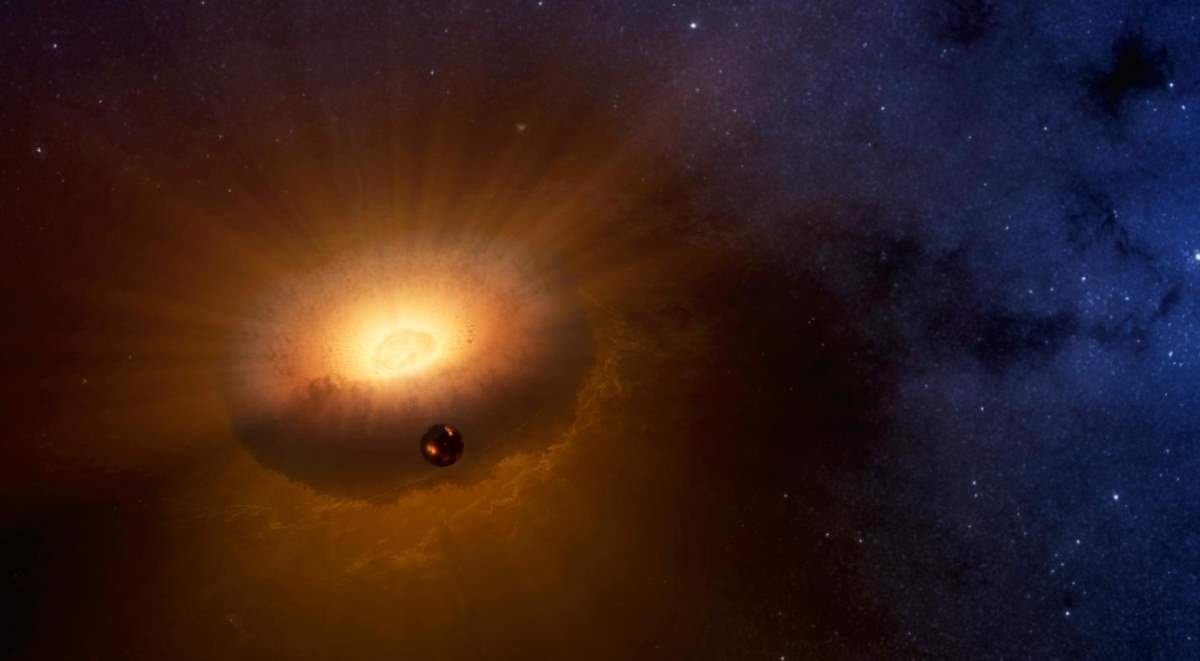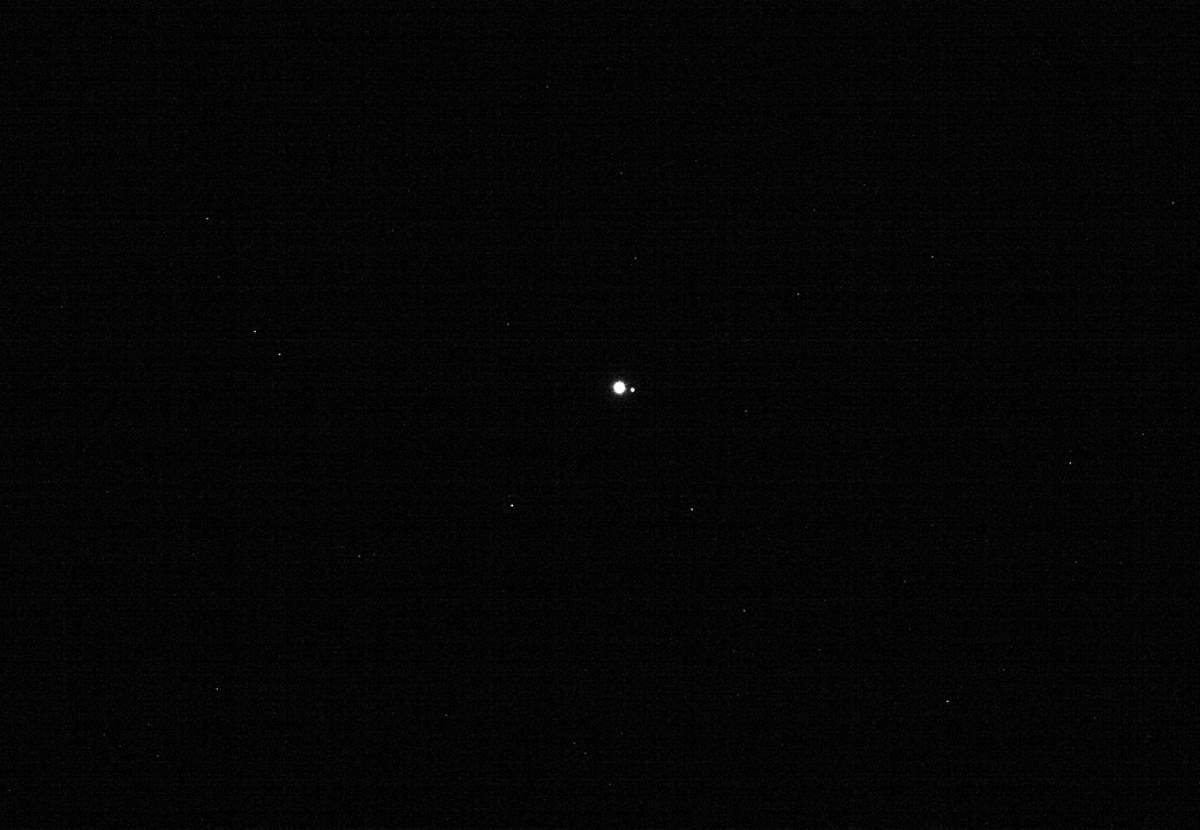The Earth is getting more crowded every single day. As of December 2017, the world population was estimated at 7.6 billion. It took 200,000 years for our human population to reach 1 billion, and only 200 years to reach 7+ billion. The United Nations estimates it will further increase to 11.2 billion in the year 2100. Another fact is, that now people live longer and healthier lives, and the infant mortality rate (IMR) is declining rapidly.
In the early 1800s, newborns were expected to live only a dismal 30 years. But, thanks to advances in farming, medicine,









